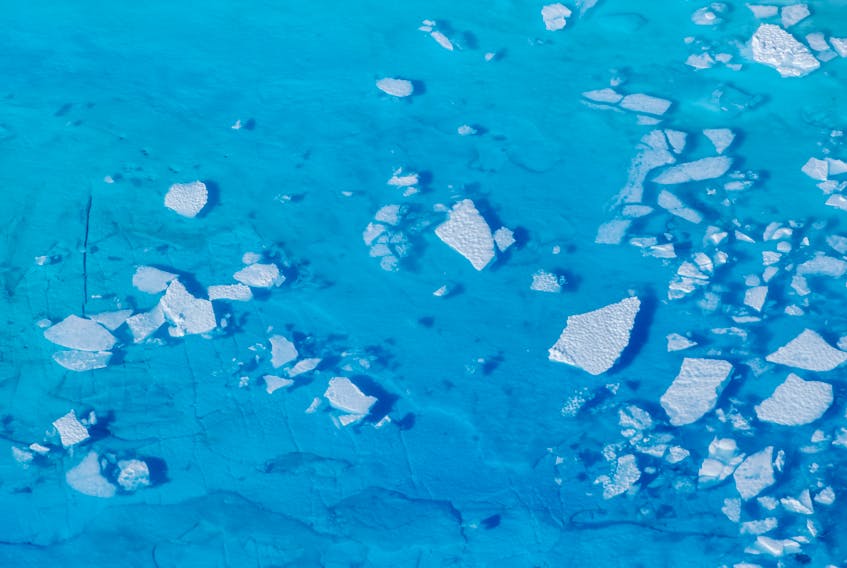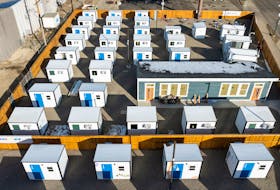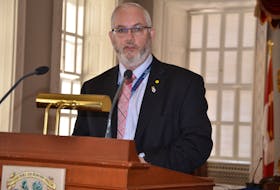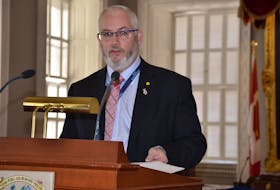In March 2009, 11 long years ago, the concept was new enough to end with a question mark.
It doesn’t anymore, but not all the questions are finished yet.
The title of a 2009 paper by Amanda Mascarelli in the journal Nature Climate Change was “A sleeping giant?”
But that was before the giant really started stirring.
It’s a concept we’re likely about to get to know a lot better.
In 2009, Mascarelli wrote about changes that climate scientists felt might be beginning to occur in the north.
Frozen soils, primarily in the Arctic and mostly protected by permafrost, hold huge reserves of methane in frozen lattices — they’re called hydrates or clathrates. Rich organic material in the same areas is also safely frozen, and has been since the Pleistocene era, 10,000 years ago. If it thaws, as it thaws, microbial growth can release even more methane. And methane is even more effective at climate warming than carbon dioxide.
So, there’s a double-barrelled concern about what might happen if Northern regions warm and if that safely contained methane (or even a fraction of it) is released. As a result of climate change, the North is currently and measurably warming at a rate much faster than most areas of the planet — essentially double the global average warming rate. Permafrost is melting, causing huge pot-hole collapses in parts of Siberia, and ocean ice in the North still has not begun to refreeze for the winter — the latest start for the refreeze on record.
So, there’s a double-barrelled concern about what might happen if Northern regions warm and if that safely contained methane (or even a fraction of it) is released.
The worry is that “a sleeping giant” of that cold-sequestered methane could suddenly and dramatically make its way out of its arctic prison and into the atmosphere, rapidly increasing temperatures.
This week, a scientific expedition working off the Eastern Siberian coast released preliminary results suggesting that much higher levels of methane are being measured in the deep water where they are working — that there are signs that a significant methane release into the atmosphere may have begun.
It was, of course, instant news — massive methane release from the North is one of the big four scenarios that even the U.S. Geological Survey has argued could create much more rapid and dramatic climate change.
Science can be a huge back-and-forth tug of war — competing theories and evidence for them gets batted back and forth with fair regularity, and there are climate scientists ready, willing and eager to point out that the new results are preliminary, that the data hasn’t been fully analyzed, and that the work has not been peer-reviewed. All of those are legitimate concerns, and they are all part of how science works. You worry at a bone like a dog until you’re absolutely certain you’ve got it right, and then you start worrying at it all over again.
Scientists can be a lot like journalists — put a bunch of them in the same room and tell them you’ll buy large pizzas if they can just agree on the exact right toppings for the perfect pizza, and the debate can go on long enough that you might escape without ever buying pizza at all.
But it’s fascinating that the debate has turned from “could it happen?” to “is it now definitely happening?” in such a short period of time.
Not only that — waking the giant, if it actually were to happen, is not something that can be halted or miraculously put in reverse.
It is early days, but something that should stay on everyone’s radar.
Russell Wangersky’s column appears in SaltWire newspapers and websites across Atlantic Canada. He can be reached at [email protected] — Twitter: @wangersky.









